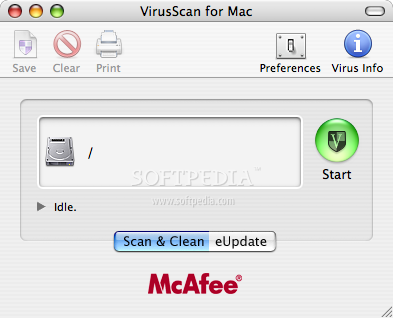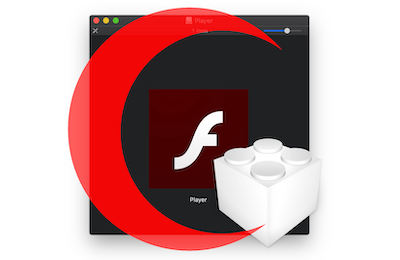
- MACOS MALWARE RUNONLY APPLESCRIPTS TO DETECTION MAC OS X
- MACOS MALWARE RUNONLY APPLESCRIPTS TO DETECTION UPGRADE
- MACOS MALWARE RUNONLY APPLESCRIPTS TO DETECTION FULL
- MACOS MALWARE RUNONLY APPLESCRIPTS TO DETECTION SOFTWARE
MACOS MALWARE RUNONLY APPLESCRIPTS TO DETECTION UPGRADE
For several years, Apple continued to sell Snow Leopard at its online store for the benefit of users that required Snow Leopard in order to upgrade to later versions of OS X. Snow Leopard was succeeded by OS X Lion (version 10.7) on July 20, 2011. Though the final release only supports Intel processors, two development builds that supported PowerPC processors are known to exist, builds 10A96 and 10A190.
MACOS MALWARE RUNONLY APPLESCRIPTS TO DETECTION MAC OS X
As support for Rosetta was dropped in Mac OS X Lion, Snow Leopard is the last version of Mac OS X that is able to run PowerPC-only applications. It was also the first Mac OS release since System 7.1.1 to not support Macs using PowerPC processors, as Apple dropped support for them and focused on Intel-based products.
MACOS MALWARE RUNONLY APPLESCRIPTS TO DETECTION SOFTWARE
New programming frameworks, such as OpenCL, were created, allowing software developers to use graphics cards in their applications.
MACOS MALWARE RUNONLY APPLESCRIPTS TO DETECTION FULL
Much of the software in Mac OS X was extensively rewritten for this release in order to take full advantage of modern Macintosh hardware and software technologies ( 64-bit, Cocoa, etc.). Its name signified its goal to be a refinement of the previous OS X version, Leopard. Apple famously marketed Snow Leopard as having "zero new features". Unlike previous versions of Mac OS X, the goals of Snow Leopard were improved performance, greater efficiency and the reduction of its overall memory footprint. The release of Snow Leopard came nearly two years after the launch of Mac OS X Leopard, the second longest time span between successive Mac OS X releases (the time span between Tiger and Leopard was the longest). As a result of the low price, initial sales of Snow Leopard were significantly higher than that of its predecessors whose price started at US$129. On August 28, 2009, it was released worldwide, and was made available for purchase from Apple's website and retail stores at the price of US$29 for a single-user license. Snow Leopard was publicly unveiled on Jat Apple’s Worldwide Developers Conference. Applications/script_name.Mac OS X Snow Leopard (version 10.6) is the seventh major release of macOS, Apple's desktop and server operating system for Macintosh computers. It will launch at your specified time, do it's work and then quit. The benefit to this approach is you don't have to worry about someone quitting the script, it doesn't have to be running at all times. In your case, you'll configure it to run once a week at your specified time and tell it to launch your script. The settings of the plist file tell the computer when you want it to run and what action to take. plist file (example shown below) that you place in a designated directory on your computer. (see more information hereīasically, on your Mac you configure a. I actually think what you're trying to do is best suited for launch service.

If the time of currentTime is greater than fivePM and the time of currentTime is less than (fivePM + 60) thenĭepending on your needs, you may wish to consider using a property to store the last time the script did whatever it was supposed to do properties are maintained across runtimes and may be used to prevent double-execution after power failures or over daylight savings time boundaries. if today is Friday between 5 PM and 5:01 PM, say something! This will check specifically for 5:00 PM on Friday it will check against the current time every minute: on idle If the weekday of currentTime is Friday then This is a very simple idle handler: it displays an annoying “Hello” sometime on Friday: on idle Or, you could check the current date (which includes the current time) every time the idle handler runs, and have the idle handler return 24*60*60, thus checking itself every day or 60*60, checking itself every hour or 60, checking itself every minute. You could, for example, just have it return 7*24*60*60 and every time the idle handler runs, it will also run again in exactly one week.

How this will work in practice will depend on how precise you need the “specific time” to be. Whatever number the idle handler returns is the number of seconds to the next run of the idle handler that is, OS X will take that number and then wait that many seconds before calling the idle handler again. The idle handler is called when an AppleScript application is first opened (after it completes its “run” handler, if it has one, otherwise, immediately).

What you probably want is the idle handler.


 0 kommentar(er)
0 kommentar(er)
